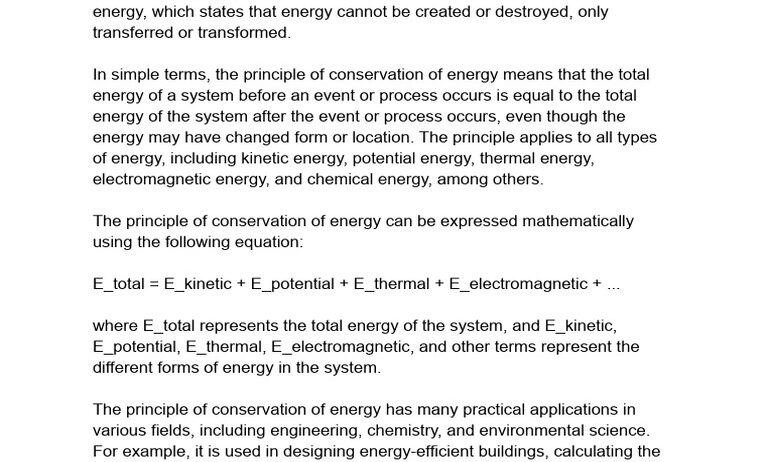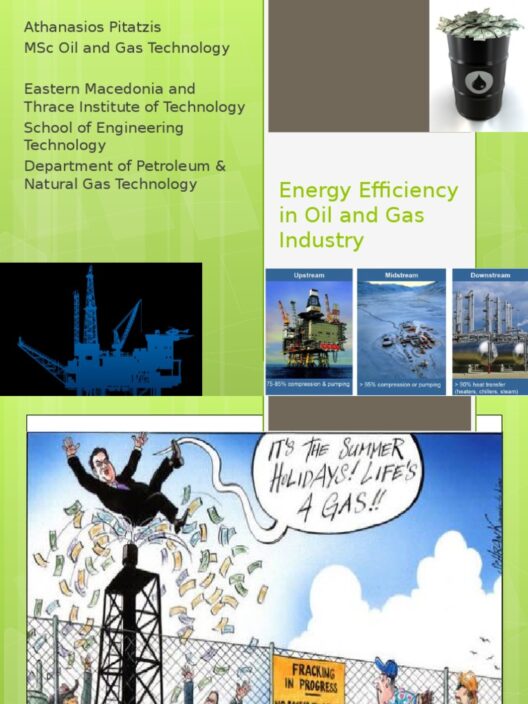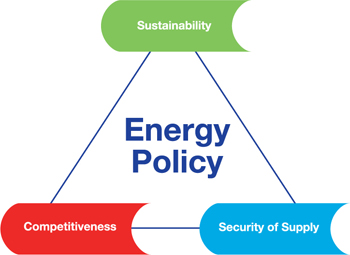The Principle of Conservation of Energy is an axiom etched into the very fabric of our universe. It asserts that energy, in its myriad forms, is never created nor destroyed; rather, it is merely transformed from one form to another. Think of energy as a great river, flowing eternally through time and space, adapting to the contours of its environment while remaining constant in volume. This immutable concept permeates every aspect of existence, from the tiniest particle to colossal cosmic phenomena.
To grasp the enormity of this principle, one can consider various forms of energy: kinetic, potential, thermal, chemical, and nuclear. Each transformation is akin to the shifting of a river’s course. For instance, when a roller coaster ascends a steep hill, potential energy is stored like a spring being compressed; once it plummets down, that potential energy metamorphoses into kinetic energy, propelling it through loops and bends. Interestingly, the total energy remains unchanged throughout this exhilarating journey, encapsulating the essence of conservation.
Energy can be further illustrated through the phenomenon of a pendulum—an exquisite ballet of forces. At its highest point, the pendulum possesses maximum potential energy and minimal kinetic energy, akin to a dancer poised on tiptoe. As it swings downward, potential energy transitions into kinetic energy, allowing the dancer to reach maximum velocity at the lowest point, only to ascend once more, repeating this graceful routine. This rhythmic motion is a perfect allegory for the energy transformations intrinsic to the principle of conservation.
The conservation principle is not merely an abstract concept confined to physics laboratories; it has profound implications for our daily lives and the environment. Recognizing that energy cannot simply vanish empowers us to utilize resources judiciously. For instance, when we consume food, the chemical energy contained within is converted into kinetic energy propelling our movements and thermal energy maintaining our body temperature. Thus, every action we take is undergirded by energy transformations, beckoning us to be cognizant of our energy footprint.
Furthermore, this principle elucidates why energy efficiency is essential in our quest for sustainability. Imagine a lantern illuminating a dark room. The light produced is the visible manifestation of energy transformation from chemical to thermal, emitting warmth and light. However, not all the fuel’s energy is converted efficiently. As inefficiencies abound, some energy dissipates into the environment, compromising our resources. By improving energy efficiency—be it through using LED bulbs or enhancing insulation—we engineer our lanterns to illuminate with greater efficacy, minimizing waste while maximizing utility.
The implications of energy conservation extend beyond individual consciousness and resonate on a global scale. The practice of harnessing renewable energy—solar, wind, hydroelectric—is an embodiment of aligning with this principle. Renewable sources tap into the abundant energy of nature without depleting finite resources. The solar panels adorning rooftops act as an interface, converting sunlight into usable electrical energy. This transformation signifies a symbiotic relationship with the environment, preserving its integrity while catering to our energy needs.
In contrast, traditional energy sources often exemplify the ‘take-and-take’ mentality, drawing fossil fuels from the earth. This extraction results in far-reaching repercussions—pollution, habitat destruction, and climate change. The principle of conservation of energy compels us to reassess our relationship with these resources, advocating for systems that promote circularity and responsibility. As we adopt a holistic approach, we must appreciate the interconnectedness of all energy forms and their transformations, akin to the tributaries joining the great river of life.
The principle also finds resonance in technologies designed to enhance sustainable living. Innovations such as energy storage systems are akin to modern-day alchemists, transforming energy storage methods and allowing us to harness energy when it’s abundant and deploy it when scarcity looms. Battery technology has evolved significantly, enabling the storage of solar and wind energy for use during periods of low production. This capability epitomizes the conservation of energy in action, as it captures and redistributes energy across time and space.
Moreover, this principle underscores the importance of education and advocacy. Generating awareness about our energy consumption patterns cultivates a society that is proactive in conserving energy. Educational initiatives that focus on teaching young minds the science behind energy conservation empower the next generation to navigate the environmental challenges of tomorrow. Like ripples in a pond, each conscious effort in energy conservation can lead to larger waves of systemic change.
In summary, the Principle of Conservation of Energy is a foundational law governing our existence. It is both a simple concept and a profound truth that unravels the mysteries of life and nature. By embracing this principle in our daily practices, we cultivate a sustainably symbiotic relationship with the environment. The journey of energy is a testament to the dynamic interplay of nature’s forces; one can appreciate the elegance and significance of every transformation. It invites curiosity and responsibility, urging us to become stewards of our energy resources. Just as the river flows, so must we navigate our paths toward a more sustainable future.






